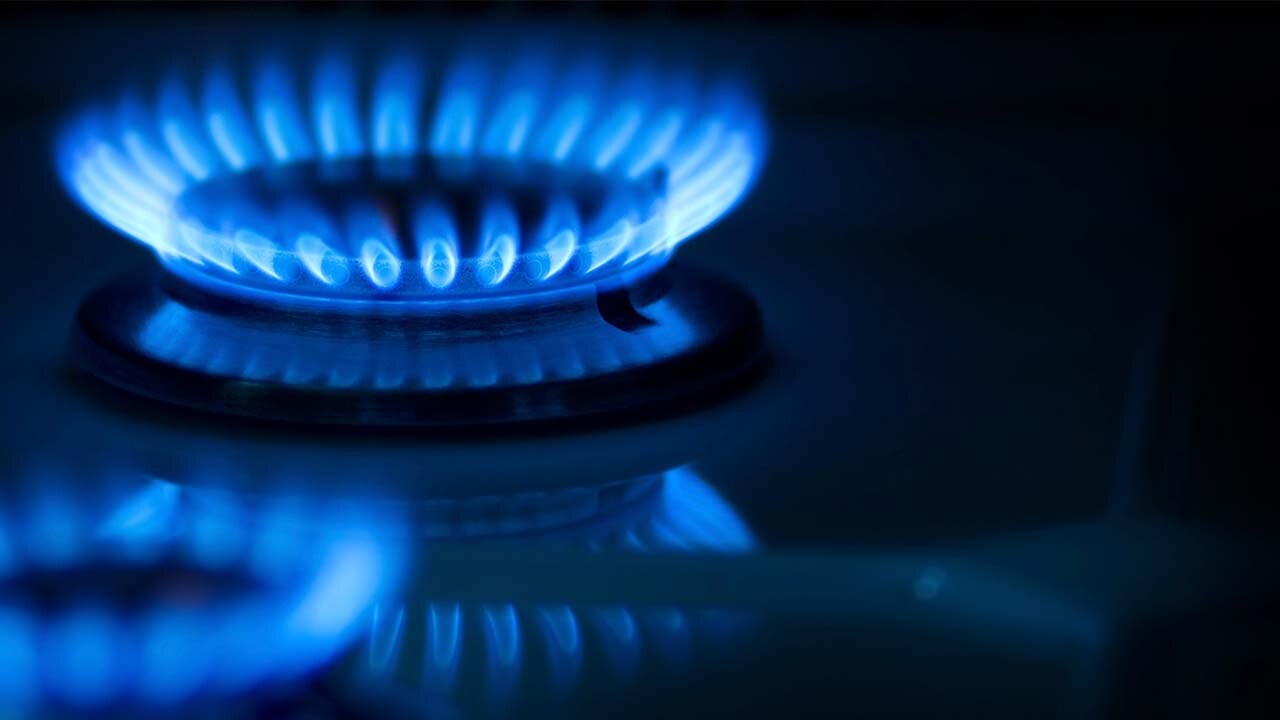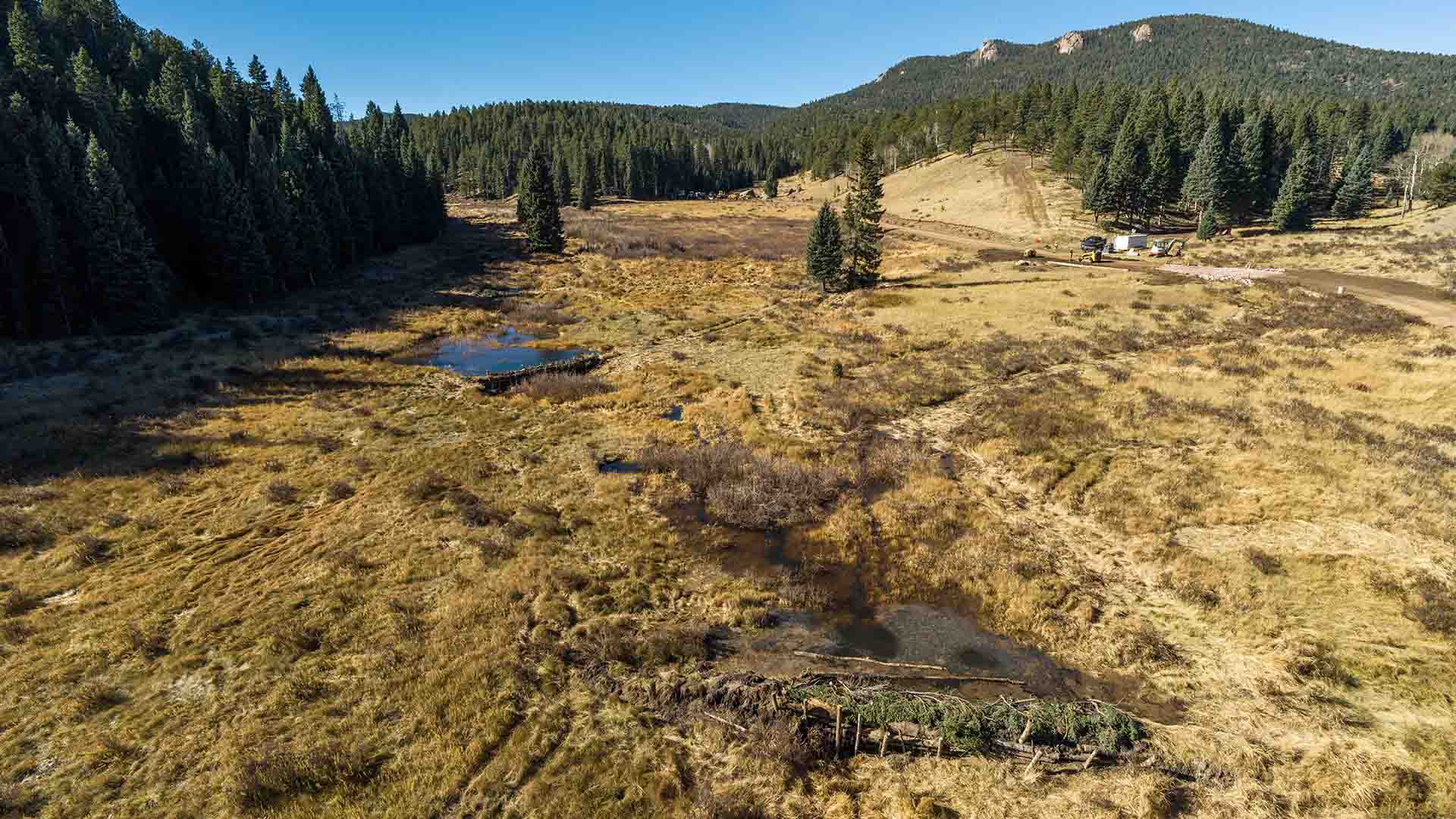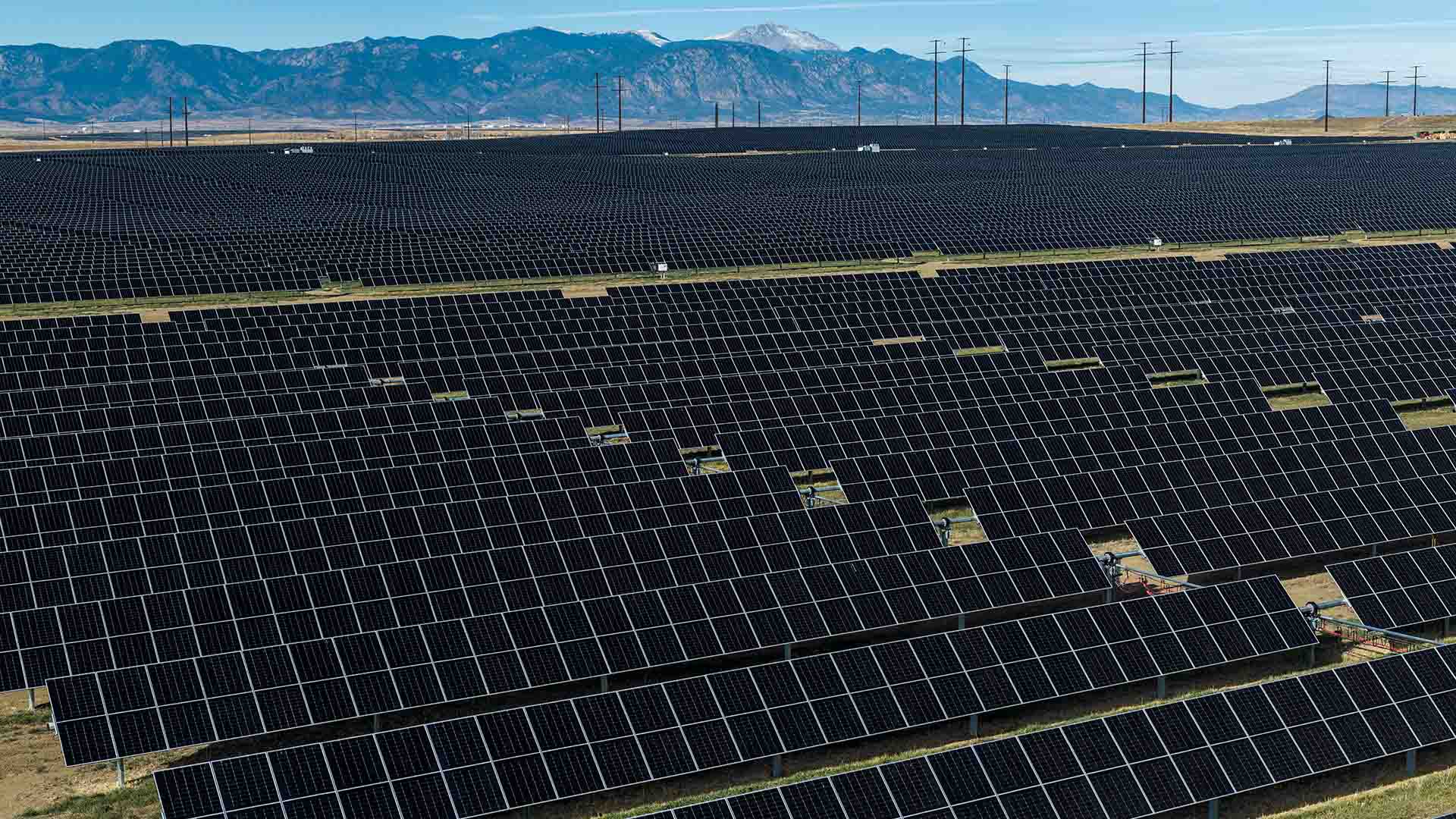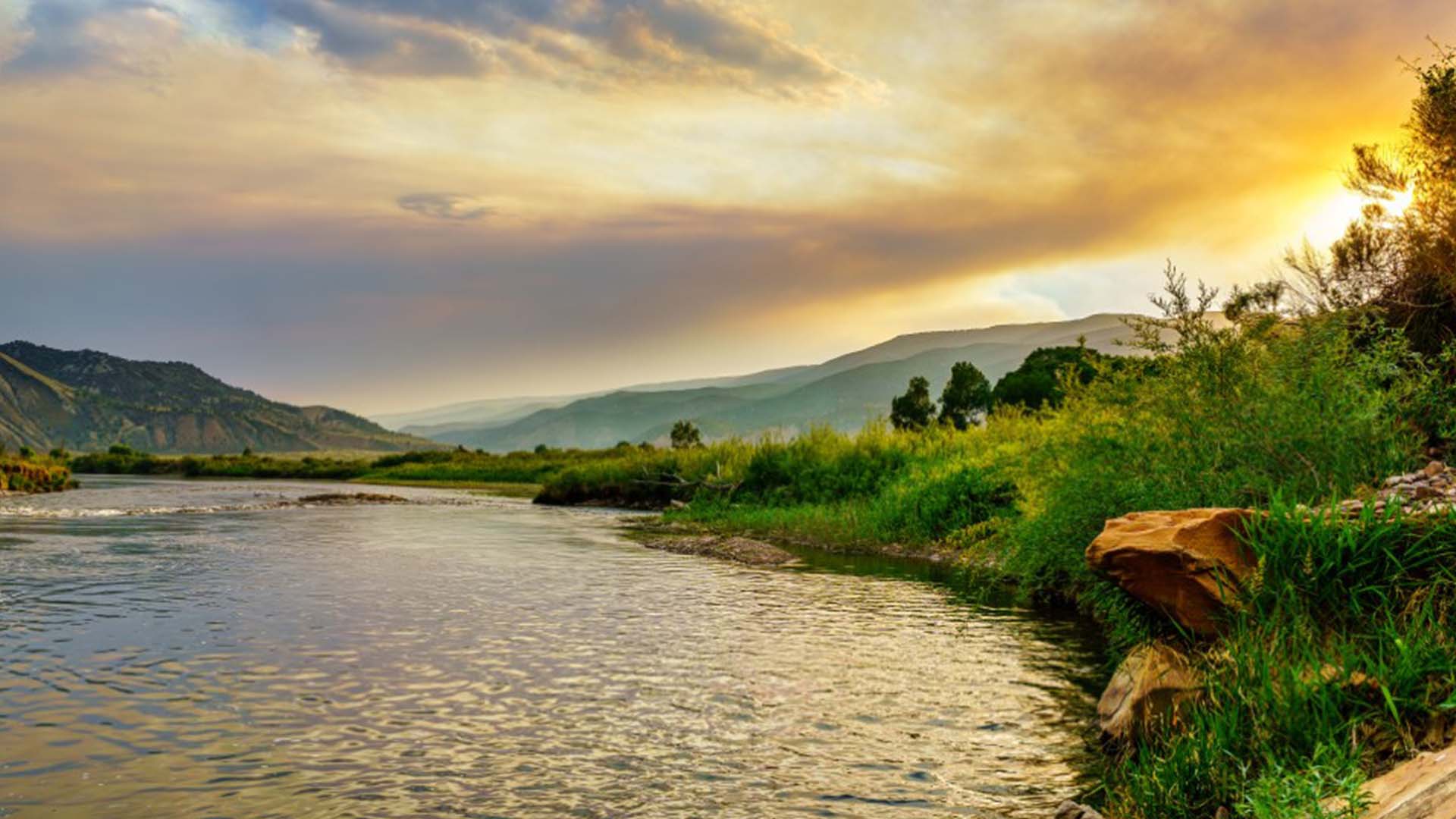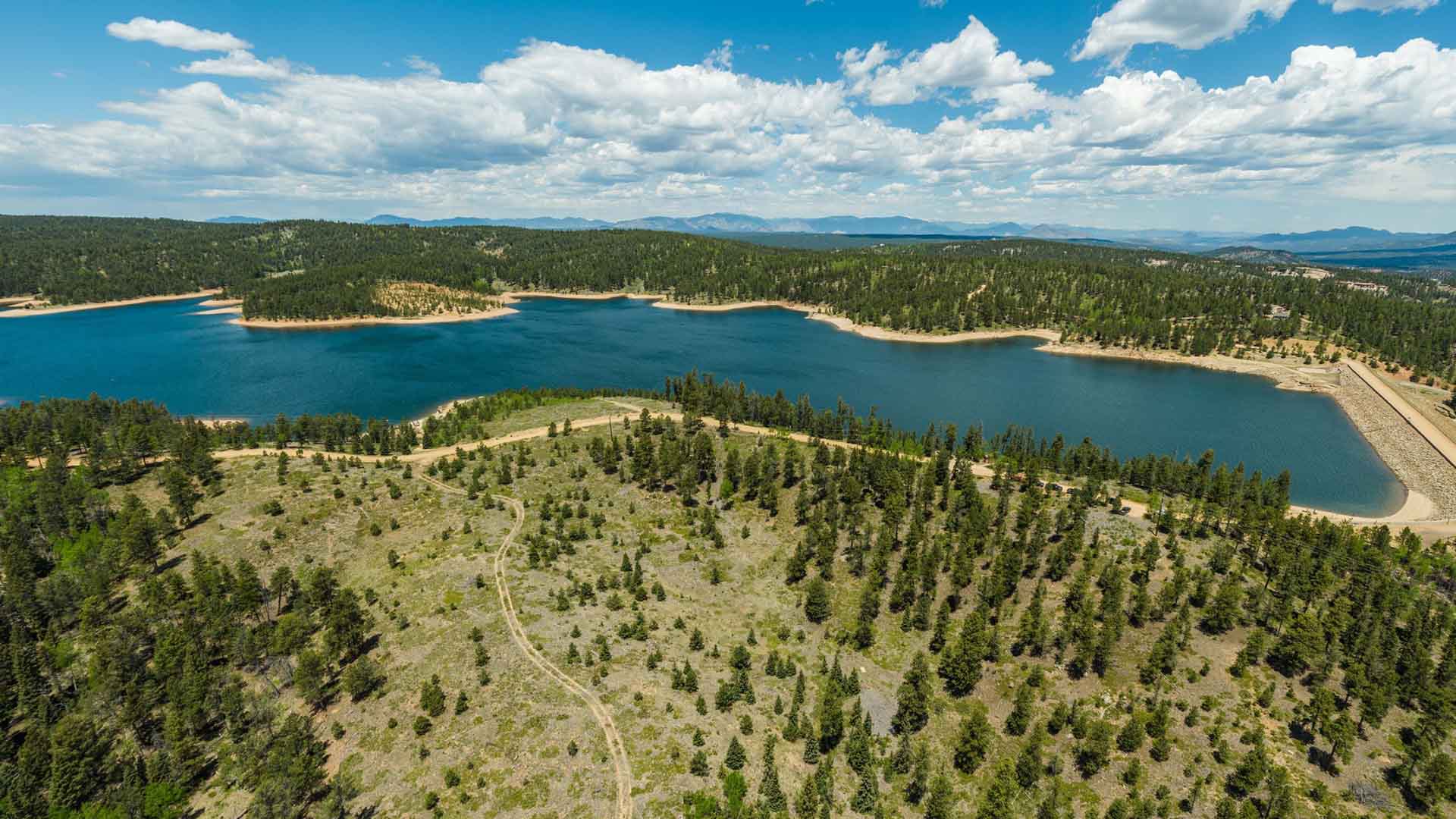
Kalsoum Abbasi
Duration: 1 minute
Published on July 21, 2021
In This Article
If you’ve been paying attention to the news, it’s been hard to miss the coverage around the 20-year megadrought here in the West. The impact to communities that depend on the Colorado River for their water is getting very real. The stories range from ever-worsening drought conditions and fishing closures due to low river flows and high temperatures, to historically low water storage at Lake Mead and Lake Powell leading to the threat of water cutbacks.
It might seem like a situation that’s far removed from us, especially given our wet spring and the summer rainstorms we’ve enjoyed so far this year. But it’s not that simple. Conditions on the Colorado River matter to our community because that’s the source of about half of our water supply. Because we import Colorado River water into the Arkansas River Basin, we are legally allowed to use that non-native water more than once. When you factor in that reuse, Colorado River water provides up to 70% of the water supply for our customers.
If 40 million people in seven states (called Lower and Upper Basin states) rely on Colorado River water, including us, what happens when that supply begins to dry up? It gets complicated, but here’s a nuts-and-bolts explanation.
Water use on the Colorado River is regulated by the Colorado River Compact and a set of related laws and agreements known as the Law of the River. In short, the Law of the River allows for the Lower Basin states (California, Arizona and Nevada) to receive and use 7.5 million acre-feet a year, while the Upper Basin states (Colorado, Utah, Wyoming and New Mexico) are entitled to the same. Colorado River water use by Lower Basin states is essentially governed by the water levels in Lake Mead. That reservoir’s quickly declining storage is why there is so much press about the potential for water shortages.
The Upper Basin states are obligated each year to make sure they’ve passed a total of 75 million acre-feet of water to the Lower Basin states during the previous 10 years. The Upper Basin relies on water stored in Lake Powell to help meet this obligation in dry years. But we’ve had more dry years than wet, and Lake Powell levels continue to decline dramatically. So, while we may not feel the impact of Colorado River use cutbacks as soon as the Lower Basin states will, Colorado and the rest of the Upper Basin states must remain focused on meeting our obligations under the Compact if drought conditions persist.
The good news is that there is a lot we have done in our community already and continue to do to meet these challenges.
- Over the past 20 years, our per capita water use has decreased by a whopping 38% due to our conservation efforts. These efforts lead to more efficient use of this precious resource and help us save more in storage for a not-so-rainy day.
- Water Wise Rules took effect last year and our customers’ response saved more than 550 acre-feet of water in 2020, surpassing our first-year goal.
- Last fall we participated in a Colorado River pilot project with the goal of providing data to help inform actions that could be taken by the state to deliver water and help Colorado meet its obligations under the Compact.
- Our sustainable water plan – the Integrated Water Resource Plan - was modeled using a variety of possible scenarios, with a reduction in Colorado River water supply being one. If drought persists, we can rebalance our water portfolio by accelerating the timeline for some projects and postponing others.
What can you do to help make our community as resilient as possible to these extended drought conditions? Continue to follow the Water Wise Rules. Reduce water use by installing water efficient appliances, landscaping and irrigation. We have resources and rebates to help.
.jpg?width=1075&height=806&name=Blue%20River%20water%20tour%20082906%20012%20(3).jpg)
